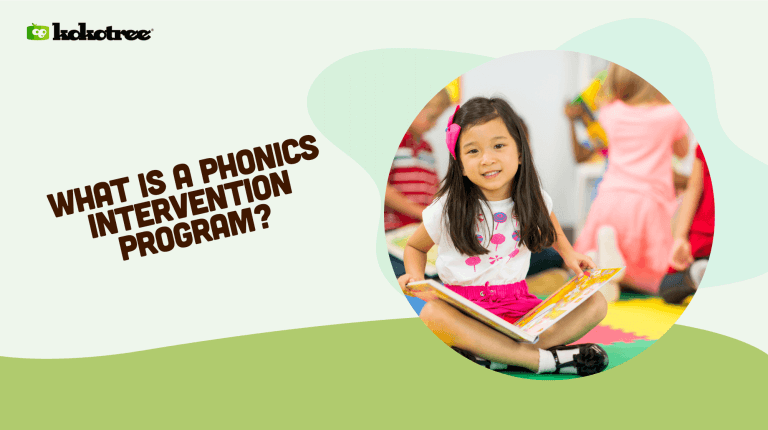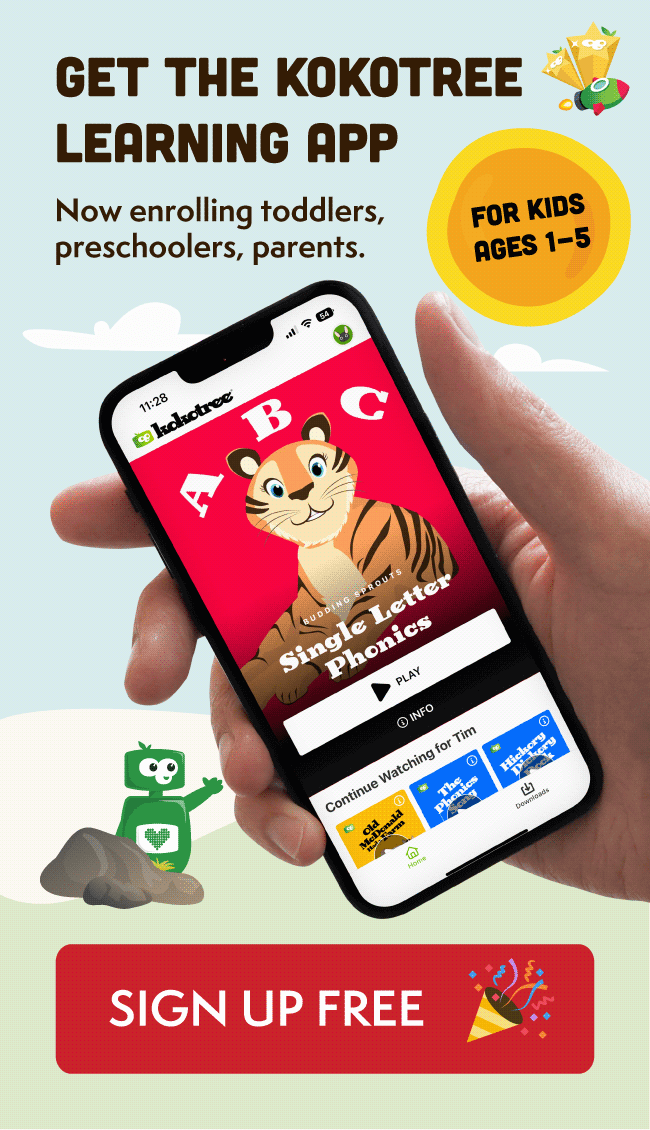

Do you find yourself seeking ways to help your child improve their reading and spelling abilities? Well, you’ve come to the right place! ‘What is a Phonics Intervention Program?’ – a blog post discussing a proven method designed to assist learners who may face challenges in mastering phonics skills. So, sit back, relax, and let us dive into the world of phonics intervention together, and learn about how these targeted strategies can be the key to unlocking your child’s full reading potential. Stay tuned for evidence-based advice, organized structure, and a positive tone, all wrapped in a friendly and empathetic approach.
A Phonics Intervention Program is a specialized, evidence-based instructional approach designed to address the specific needs of learners who struggle with phonics skills, such as decoding, blending, and segmenting. By offering additional practice and support, these programs aim to enhance reading and spelling abilities in a focused and efficient manner, ultimately helping learners overcome challenges and build a strong foundation in phonics.
Phonics is a crucial aspect of early literacy development, as it teaches children how to decode written words by connecting the sounds of spoken language with individual letters or groups of letters. By mastering phonics, learners begin to read accurately and fluently, comprehend texts, and spell with confidence. For some children, this process comes naturally, while others may need additional guidance and practice. That’s where a Phonics Intervention Program comes in handy!
A critical element of an effective Phonics Intervention Program is its systematic and explicit instruction. This means that the program follows a specific sequence, progressing from simple to more complex phonics skills, and explicitly teaches each skill through clear explanations, modeling, and guided practice.
Another essential component of a Phonics Intervention Program is its focus on individualized and differentiated support. This means the program should be tailored to each learner’s unique needs, and may include adjustments in pace, materials, or supplemental activities to ensure success.
For the best results, a Phonics Intervention Program should be engaging and enjoyable for learners. Fun, interactive activities such as games, songs, and role-plays help to ensure that children are motivated to practice their phonics skills regularly.
In today’s digital age, incorporating technology into educational initiatives can offer new and exciting ways to support your child’s learning journey. There are numerous “learning apps for kids” that have been designed specifically for phonics instruction, making them an excellent supplement to your child’s Phonics Intervention Program. These apps often feature interactive lessons, games, and quizzes, providing an engaging and multi-sensory approach to practicing phonics skills. Just remember, it’s important to choose an app that aligns with your child’s needs and is highly regarded by educational professionals.
When it comes to supporting your child in a Phonics Intervention Program, your attitude matters. Be sure to stay positive, patient, and encouraging throughout the process, as this will boost your child’s self-confidence and motivation to improve.
It’s essential to maintain open communication with your child’s teachers and specialists involved in the intervention process. Share your observations and concerns, and ask for updates on your child’s progress in the program. This collaborative approach can have a significant impact on your child’s success.
Last but definitely not least, make time for regular, consistent practice at home. Offer opportunities for your child to apply their phonics skills in various contexts, such as reading aloud, writing, and word games, to reinforce and strengthen their learning.
Just like with any educational intervention, it’s important to regularly assess your child’s progress in a Phonics Intervention Program. Awareness of your child’s strengths and areas for growth will help you understand what strategies are working and can guide any necessary adjustments to their learning approach.
Beyond the structured practice provided by your chosen Phonics Intervention Program, you can also incorporate phonics learning into everyday experiences to help build a robust and relevant understanding of the skill. Examples of this could include:
Add labels to various items around your home, such as furniture or appliances, to help your child become familiar with the phonics sounds associated with common words.
Encourage your child to explore different word families, where words share a similar spelling pattern, such as cat, hat, mat, and sat. This routine can help them recognize and decode words more efficiently.
Surround your child with a variety of reading materials, like books, magazines, and newspapers, to foster a love for reading and provide ample opportunities to practice their phonics skills.
With various Phonics Intervention Programs available, it might feel overwhelming to select the perfect one for your child. To make an informed decision, consider the following factors:
Ensure that the program aligns with your child’s specific needs, skill level, and learning preferences. For instance, some programs might be better suited for children with dyslexia or other learning challenges.
It’s crucial to choose a program that employs research-backed strategies, as these methods have proven to be effective in fostering the development of phonics skills.
Look for a program that provides sufficient resources and support to facilitate your child’s learning process, such as lesson plans, progress monitoring tools, or opportunities for ongoing professional development and communication with teachers and specialists.
Ultimately, the most important factor is your child’s comfort and engagement with the program. By finding a Phonics Intervention Program that resonates with your child, you’ll be well on your way to supporting their journey toward reading and spelling success.
We understand you may have more questions about Phonics Intervention Programs and how they can help your child. Here is a compilation of frequently asked questions and their answers to further enhance your understanding of this subject.
Phonics Intervention Programs are typically designed for early readers, often beginning around kindergarten or first grade when phonics skills are introduced. However, they can also provide valuable support for struggling readers at any age, as they can address gaps in phonics knowledge and enhance reading and spelling skills.
The duration of a Phonics Intervention Program can vary depending on the individual needs of the learner and the complexity of their phonics challenges. Some programs may require a few weeks of intensive instruction, while others could last several months or longer. Regular progress monitoring will help determine the necessary duration of the intervention.
Yes, a Phonics Intervention Program can be particularly beneficial for children with dyslexia, as they often struggle with phonics skills. Such a program can provide explicit, multisensory instruction, which research has shown to be effective in supporting learners with dyslexia.
There are several ways you can support your child’s learning at home, including engaging in regular phonics practice, creating a print-rich environment, staying in communication with their teachers and specialists, and maintaining a positive and encouraging attitude towards their progress.
Yes, many Phonics Intervention Programs are designed to supplement regular classroom instruction, providing additional support and practice in phonics skills to enhance the child’s overall reading and spelling abilities.
Signs that your child might benefit from a Phonics Intervention Program include difficulty with reading or spelling, poor phonemic awareness, challenges with blending or segmenting sounds, and slow reading fluency. Consulting with your child’s teacher or a reading specialist can help determine if phonics intervention is appropriate.
A Phonics Intervention Program is a targeted instructional approach that specifically addresses the needs of struggling readers, providing extra support and practice in phonics skills. In contrast, general phonics instruction is part of a typical balanced literacy curriculum, focusing on teaching foundational reading and spelling skills to all students.
Both online and in-person Phonics Intervention Programs can be effective, depending on the child’s learning preferences and the quality of the program. The key is to choose a program that offers clear instruction, engaging activities, and individualized support, whether it is delivered in-person or online.
When searching for a trustworthy phonics learning app for kids, look for one that is highly rated by educational professionals, employs research-based strategies, and aligns with your child’s unique needs and skill level.
Yes, since phonics skills play a crucial role in decoding written words, a Phonics Intervention Program can help improve a child’s reading comprehension by strengthening their ability to recognize and understand text.
Consistent, daily practice outside of the intervention program is recommended for optimal results. Aim for at least 15-30 minutes of phonics practice each day, incorporating a variety of engaging activities to maintain interest.
While it is possible to create a Phonics Intervention Program for your child, it’s best to consult with educational professionals or use a reputable, research-based program to ensure proper guidance and support. Collaborating with your child’s teacher can also be valuable in tailoring your approach to your child’s specific needs.
While a Phonics Intervention Program can significantly improve a child’s reading and spelling skills, no program can guarantee perfection. However, consistent practice, ongoing monitoring, and a supportive learning environment can contribute to your child’s success in mastering phonics skills and growing as a reader and speller.




